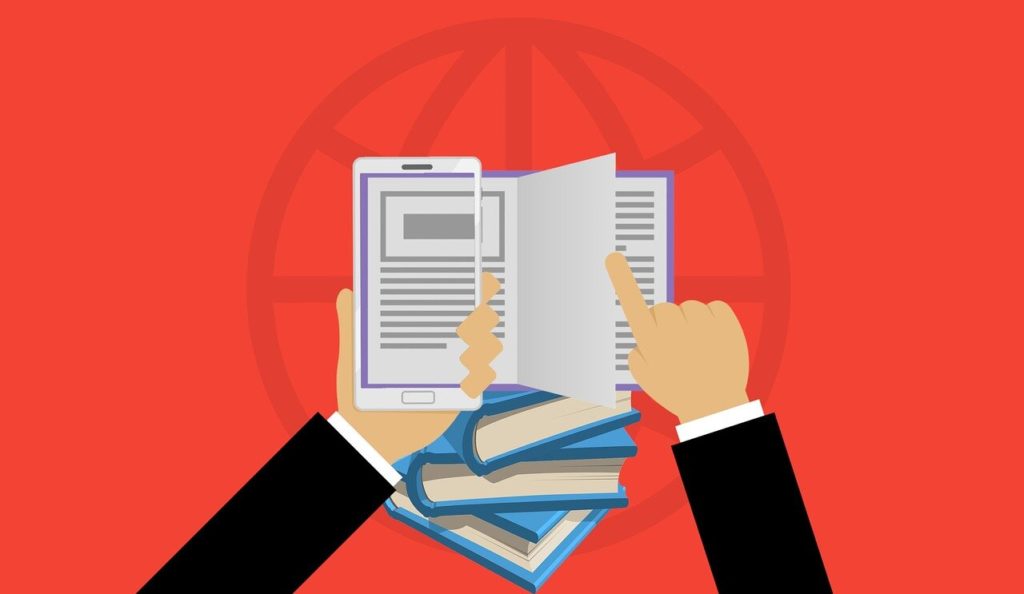
This three-part series of blog is written by Marcy Newman, PhD & Murli Nagasundaram, PhD of Spruha Higher Educational Counselling Services. They have 57 years of combined experience in the field of higher education as professors based in the United States and as educators based in India.
As the Corona Crisis rages on with no discernible end in sight–save for wishful thinking on the part of some–there is a rising tide of debates and exchanges among colleges, students, parents, and governments on question: Will higher education as we know it, survive intact?
Part 1: Pandemic: The 21st Century Barbarian at the Gates of Academia
The growing, albeit reluctant, consensus seems to be that it will not: education as we know it is done, and a whole new architecture–architectures, really–will need to be conceived, debated, tested and implemented, the world over. Nalanda University: the Oxford, Cambridge, Harvard and Yale of its time attracted students all the way from Greece and Rome in the west and China and Japan in the east. It thrived for over 700 hundred years before its fiery destruction in a matter of days by the invader, Bakhtiar Khilji. In the coming years the Corona virus will perhaps be viewed as a latter day Khilji.
Let us examine some of the impacts of the Corona virus and attempt to prognosticate the fate of higher education. The first, immediate, consequence: institutions shut down and sent students back to the relative safety of their homes–or at least, the responsibility for their well-being was returned to their parents and guardians).
Some institutions suspended all classes indefinitely and planned to complete them later. Some others felt that most of the material for the term had been covered and decided to assign student grades and marks based on work already completed. Institutions with greater resources and having a student body of means, continued classes online with students participating via computers from home or wherever else they found access.
Most institutions, perhaps justifiably, assumed that this disruption would be temporary and life as well as the education process would return to normal. And while one cannot rule out the possibility that it will, most aren’t betting on it any more. Indeed, there is a growing acceptance that many of the conditions created by the pandemic will remain with us indefinitely, or at least for a very long time; and that we will need to make at least a few significant changes to ensure that a billowing population of students can continue to pursue their higher educational and career goals.
The architecture of education
The architecture of contemporary education, as is employed the world over, was conceived, designed and established long before any technology (beyond pen and paper, let alone chalkboards) was considered essential for conducting classes. Indeed, ever since formal, sit-down learning emerged thousands of years ago, with gurus teaching a circle of shishyas at the base of banyan tree, the only significant changes by the early 20th century–”upgrades”, if you will–were a chalkboard for the guru, and some means of recording for students: a slate, or where it was affordable, pen/pencil and paper. Not even textbooks were needed, especially since most students could not afford them. The instructor might have had temporary access to books, but he or she relied mostly on memory. Classrooms as well as student desks and chairs were mostly needless luxuries. Classes were necessarily held face-to-face, for fixed lengths of time, and students met periodically per a time table. Nearly all communication between student and instructor occurred often only during the class period. Student learning was tested in class or through work conducted outside of class hours, but submitted in class.
The emergence of the internet starting in the late 1970s added elements to the basic, ancient, learning architecture outlined above, but has not radically transformed it. At any point before the Corona virus struck, it would have been possible to take away all internet and computer technology from most classes (except in the fields of computer and information technology) and at least in principle, revert to ancient ways of instruction, involving at most, a chalkboard and the use of pen and paper. In essence, technology added bells and whistles, at best, to the basically unchanged, ancient architecture of education.
“Social distancing” enters the common lexicon
All this was fine and dandy in an age before the expression “social distancing” emerged magically from the bowels of social discourse: an age which ended in early 2020. For the foreseeable future, it is considered risky to remain for anything more than a few minutes, in the proximity of those who might have ventured into places unknown–even persons with whom one shares a roof. Large gatherings are out.
Academic institutions are affected in every possible way. Since college classes may hold anything from just a few to several hundred students sitting next to each other, we need an entirely different way to conduct formal education. Student hostels may no longer accommodate multiple students in a single room, and even then, many rooms may need to be left empty in order to ensure that students can maintain appropriate distances. Sports of many kinds, especially those involving contact cannot be played. While COVID poses lower risks for young, college going students, their instructors and professors would be older and in a higher risk group, many with ailments that make them especially susceptible to the virus. Then there is laboratory work which poses its own set of challenges.





